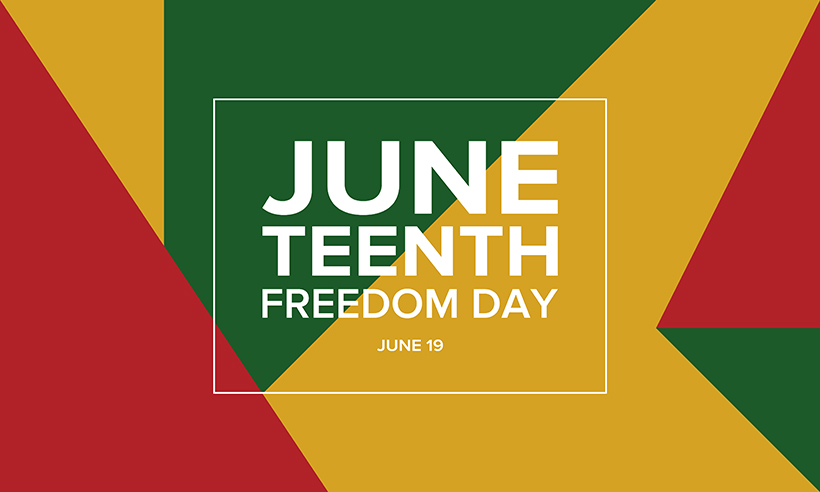Today is Juneteenth, the oldest nationally celebrated commemoration of the ending of slavery in the United States.
The holiday received its name by combining June and 19. The day is also sometimes called “Juneteenth Independence Day,” “Freedom Day,” or “Emancipation Day.” On June 19, 1865, Major General Gordon Granger led Union soldiers into Galveston, Texas, with news that the Civil War had ended and slavery was abolished—two years after the Emancipation Proclamation. This is known as “General Order No. 3.”
President Lincoln’s edict had little impact on the people of Texas, since there were few Union troops around at the time to enforce it. But with the surrender of General Robert E. Lee in April 1865 and the arrival of General Gordon Granger’s regiment in Galveston, troops were finally strong enough to enforce the executive order. Newly freed men rejoiced, originating the annual “Juneteenth” celebration, which commemorates the freeing of the slaves in Texas.
Although Juneteenth has been informally celebrated each year since 1865, it wasn’t until June 3, 1979, that Texas became the first state to proclaim Juneteenth an official state holiday. On June 17, 2021, President Joseph R. Biden, Jr. signed into law the bill that established Juneteenth National Independence Day, June 19, as a legal public holiday.
Here are some ways to recognize Juneteenth:
- Listen to first person recountings of Juneteenth. The Library of Congress’s “Voices from the Days of Slavery” presentation contains several interviews with formerly enslaved Texans. This blog post from the Library profiles several of those stories.
- Look at photographs and images related to Juneteenth. This post shows a photo from an Emancipation Day 1905, a snippet from General Order No. 3, and a portrait of a man who remembers the emancipation announcement in Texas.
- Honor Juneteenth through art. Find inspiration from these photos from the Library of Congress from a recent Juneteenth celebration.
Looking for additional resources? Check out this compilation from NCTE from 2020.
Curious about the NCTE and Library of Congress connection? Through a grant announced by NCTE Executive Director Emily Kirkpatrick, NCTE is engaged in new ongoing work with the Library of Congress, and “will connect the ELA community with the Library of Congress to expand the use of primary sources in teaching.” Stay tuned for more throughout the year!
It is the policy of NCTE in all publications, including the Literacy & NCTE blog, to provide a forum for the open discussion of ideas concerning the content and the teaching of English and the language arts. Publicity accorded to any particular point of view does not imply endorsement by the Executive Committee, the Board of Directors, the staff, or the membership at large, except in announcements of policy, where such endorsement is clearly specified.

